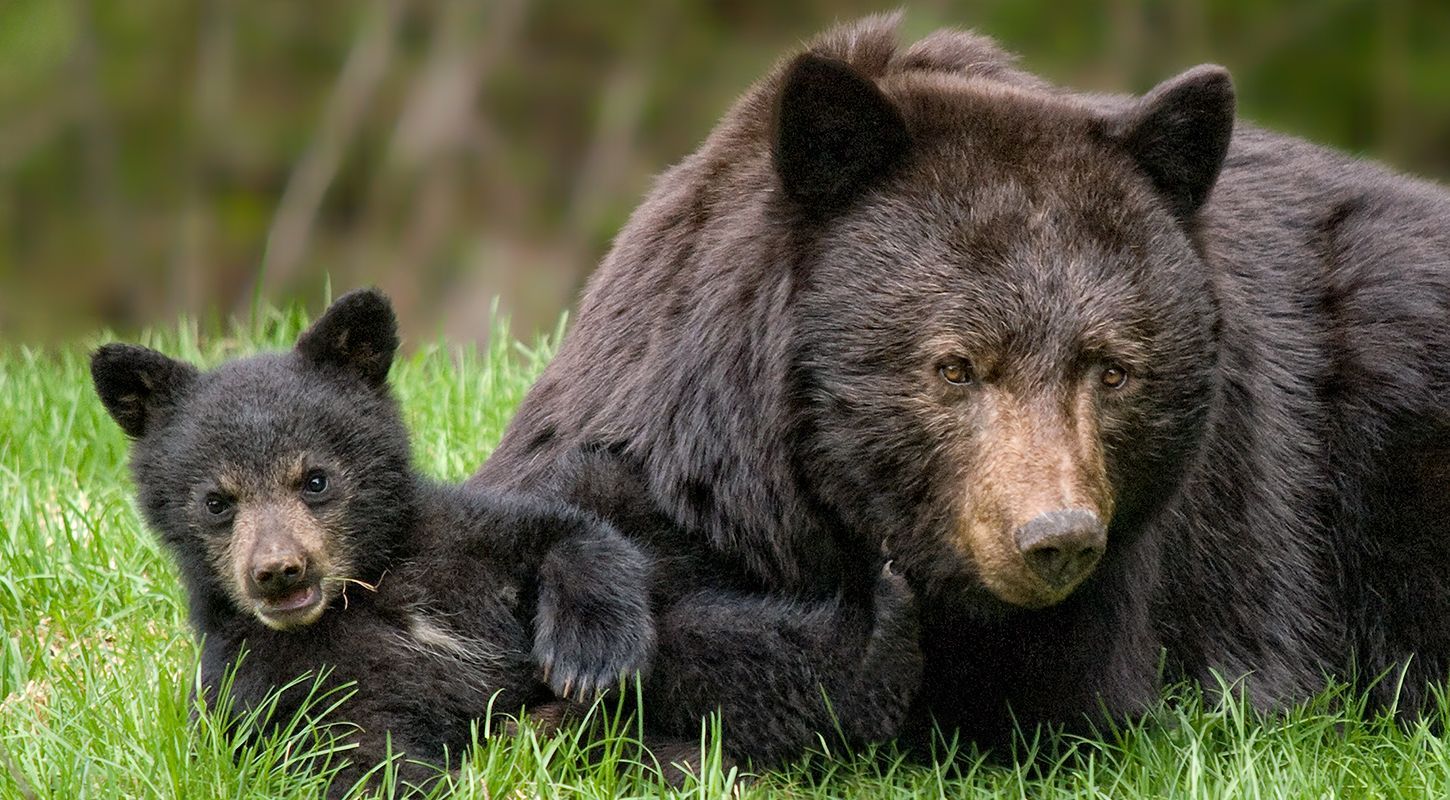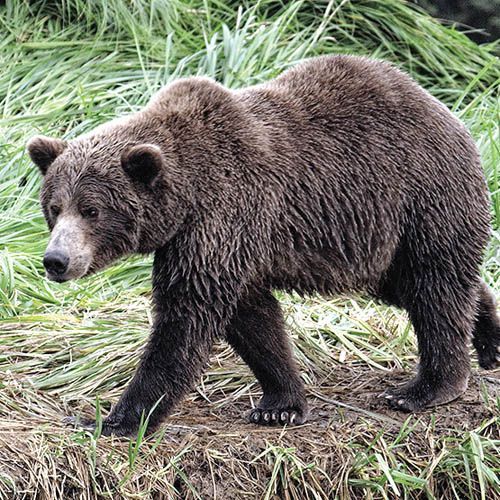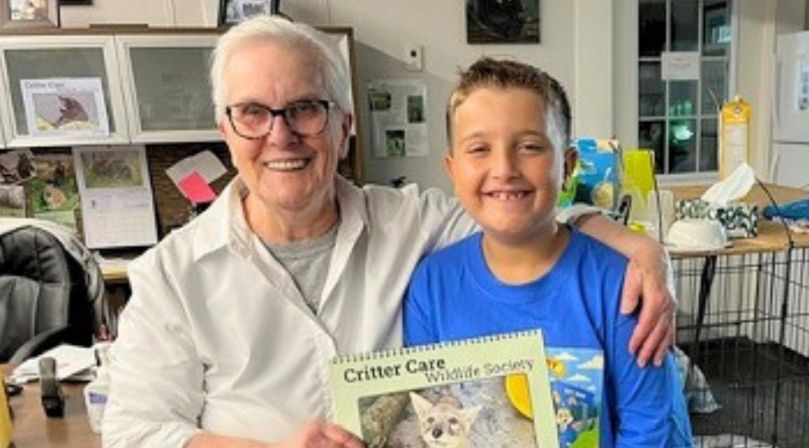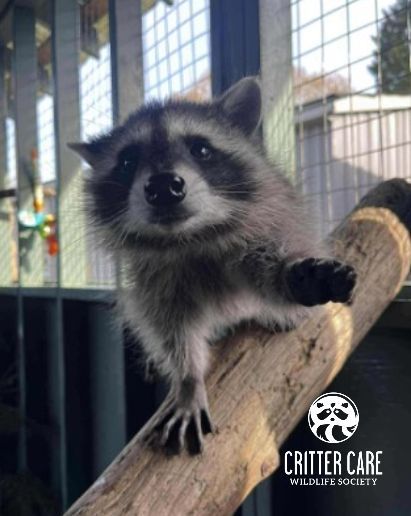Bears Unveiled: A Closer Look at the Fascinating Biology and Ecology of These Majestic Creatures

By Sylvia Dolson, bearologist
Hello, fellow nature enthusiasts! Today, we're taking a deep dive into the enchanting world of bears.
Bears are some of the most charismatic and awe-inspiring creatures to roam our planet. In this blog post, we'll explore the biology and ecology of these magnificent animals, shedding light on their remarkable adaptations and their crucial roles in the ecosystems they call home.
Bear Biology
The Bear Family
Bears belong to the family Ursidae, which comprises eight distinct species. While most of us are familiar with our North American black, grizzly and polar bears, there are other members of the bear family, including the giant panda, sloth bear, spectacled bear, sun bear and Asiatic black bear. Each species has unique characteristics and occupies specific geographic regions.
Adaptations for Survival
One of the most intriguing aspects of bears is their incredible adaptations for survival. They are well-suited to diverse environments, from the icy realms of the Arctic to the lush forests of both hemispheres. Here are a few key adaptations that make bears true survivors. [We’re going to limit the rest of the conversation to the bears most of us live with - blacks and grizzlies.]
1. Hibernation: these two bear species hibernate during the winter months. They enter a state of reduced metabolic activity, allowing them to conserve energy when food is scarce.
2. Powerful Physique: Bears possess immense strength, thanks to their robust muscle structure. This strength aids in activities like foraging, digging, and catching prey.
3. Omnivorous Diet: Bears are opportunistic eaters, consuming a wide variety of foods, including plants, berries, fish, and even small mammals.
Ecological Roles
Bears are true icons of the natural world, exemplifying the wonders of adaptation and ecological interconnectedness.
They play an important role in the ecosystem. We are just beginning to learn how bears positively impact the environment. For example, bears play a role in fertilizing forests by dragging salmon carcasses throughout forests and depositing scat on the forest floor. In eating fruit and nuts, they disperse seeds. And each seed is deposited on the forest floor with a little ‘fertilizer’ to get it started. Bears also help to clean up carcasses and, as predators, they help keep populations such as deer and moose in balance.

Bears are also a good indicator species. Bears need a variety of habitats to survive and thus managing habitat for bears benefits many other species including humans. If the land is healthy enough to support a fit bear population, then it is also healthy enough to support people.
Bears have much to teach us. For example, how can a denning female bear shut down her digestive and excretory systems and still deliver and nurse cubs? Usually the bones in mammals who are inactive for long periods of time lose calcium and become weak – so, how can bears sleep for half a year and yet come out of the den with strong bones? People are studying the bear to further human knowledge about everything from osteoporosis to kidney disorders to organ preservation to long-distance space travel.
Bears also have considerable economic value as wildlife enthusiasts, tourists, photographers all pay spend significant sums of money in order to view bears. In BC, where we are still lucky enough to have healthy populations of wildlife, people come from around the world to have an opportunity to catch a glimpse of them.
People have been fascinated with bears throughout time and around the world. They have captivated the human imagination and have become woven into the fabric of myths, legends and anecdotes. Bears are a part of human culture in countless ways — from First Nations ceremonies to myths to teddy bears.
Bears are an integral part of our landscape. One study showed that people valued just knowing that bears were out there even if they never saw them. There is just something about this animal that touches us. Although difficult to capture the essence of the bear in words, it is evident that just having bears around fuels the human spirit.
Conservation Challenges:
Despite their importance, bears face numerous conservation challenges. Habitat loss, climate change, and conflicts with humans are significant threats to bear populations. Conservation efforts are crucial to ensure their survival for generations to come.
Let's continue to work together to protect and conserve these incredible animals, ensuring that they continue to roam our planet's wild places for centuries to come. That means being bear smart at home and in the woods. Stay tuned for our next blog post to learn how.
Critter Care Wildlife Society News
Sign up to get inspiring stories of rescue,
rehabilitation and release from Critter Care
Be the first to receive our newsletter, new blog posts, and updates
about our most critical needs and community news.



